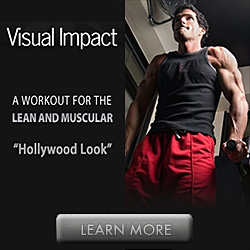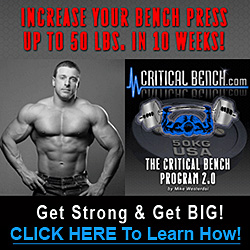Soy Protein is Plant Protein Soy beans contain complete protein and have one of the best protein digestibilities among all protein sources. Soy beans also contain little or no fat and have virtually no cholesterol. Lactose intolerant ones will be pleased to know that soy beans contain no lactose.
Being a plant protein, soy is free from steroids and antibiotics animal protein contains. It is also free from the parasites that contaminate some of these products. They also contain none of the diseases one can contract from mean sources such as Mad Cow Disease, and Foot and Mouth Disease.
Vegetarians love this bean as it provides a comparable – if not better – source of protein as compared to its animal counterpart. It provides a protein that is better and easier to digest and is comparable to most protein supplements.
Soy Beans are Very Versatile Soy beans are very versatile. Various cuisines, especially Asian ones recognize the value of the humble soy bean. A variety of naturally yummy delicacies are all soy based: tofu, soy pudding, Soya milk, and meat substitutes – not to mention condiments such as soy sauce, and hoi sin sauce.
To counter the problem of world hunger, the growing of soybeans has been suggested. Not only are soybeans easy to grow and harvest, they will grow pretty much anywhere and produces much in a little time. There have been farmers reported to have replaced their entire crop line with soy bean plants. These hardy little plants produce much per harvest, and, as said earlier, can grow in even the most trying terrain.
The Great Substitute Soy is low in fat and can be used to substitute most protein sources. When cooking, you may use soy substitutes instead of flour for a low fat alternative. This makes it a great protein source for those that are looking to lose weight without compromising their protein requirements.
Bodybuilders are considering how this can make their jobs a lot easier. Without the fat and with all the protein goodness – easily digestible at that – bodybuilding has just received a great blessing of a food.
Although these bodybuilders are currently debating how soy can be a help to bodybuilders, it doesn't take away anything from what soy can contribute to the overall health of a person.
It is very advisable to stick to natural protein rather than processes protein if possible, as processed foods typically have some risk attached to them. The best use of this food can be attributed to how it perfectly fits into anyone's low-fat, high-protein diet.
Soy products can be incorporated into shakes and drinks. And being lactose-free, lactose intolerant people will still be able to get their milkshake fix without having to suffer so.
Soy products are also a great source of other nutrients such as saponins, isoflavones, and phytosterol. Saponins help support a healthy immune system. It also combines with cholesterol to avoid increased absorption of cholesterol in the body. Phytosterols also help reduce the absorption of cholesterol in the body in the same way saponins do.
Isoflavones are powerful antioxidants and prevent the effects of free radicals in the body. They prevent many of the signs of aging and have been known to help prevent cancer. This alone makes soy a miracle protein source in its own right.
Isoflavones, along with vitamins A,C, and E are among the front liners in the fight against such disease – they also counter the effects of pollution, and stress.
How Much is Too Much Unlike other protein sources, it is pretty safe to consume a wide amount of soy products. While allergies to soy products exist, cases are few and far between. When changing to a soy diet, however, it would be best to consult your physician or your nutritionist. Ask specifically if the soy interferes with any prescription drugs you are taking.
Soy can be great blessing for people who are looking for a great source of protein that does not entail the side effects of most of the other sources. It would be advisable for one to explore how it can improve one's diet.











